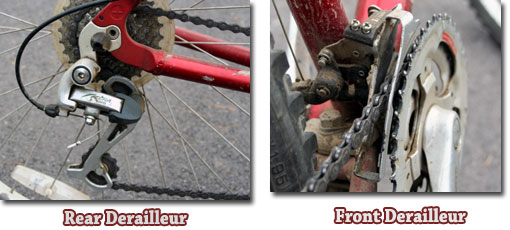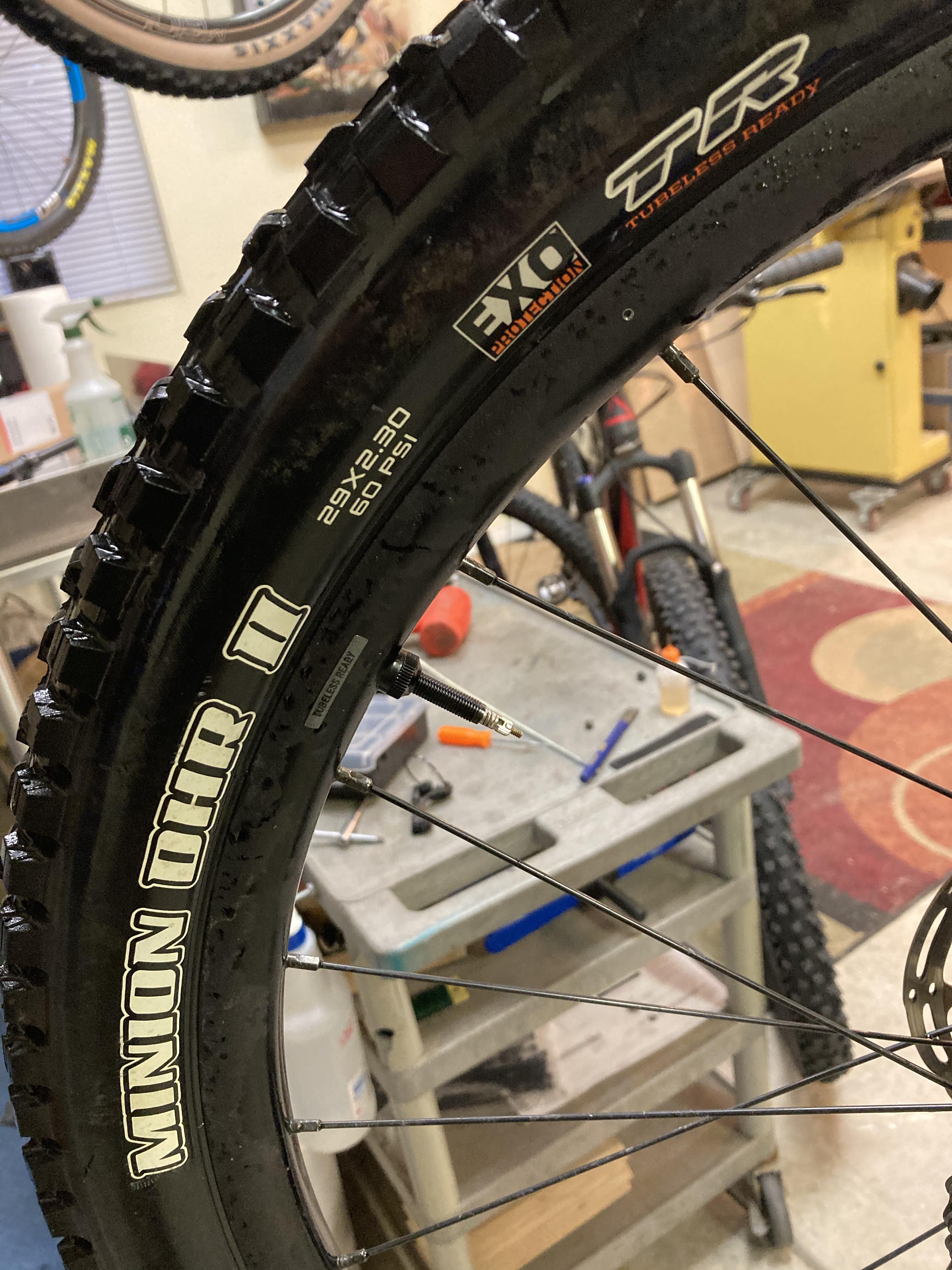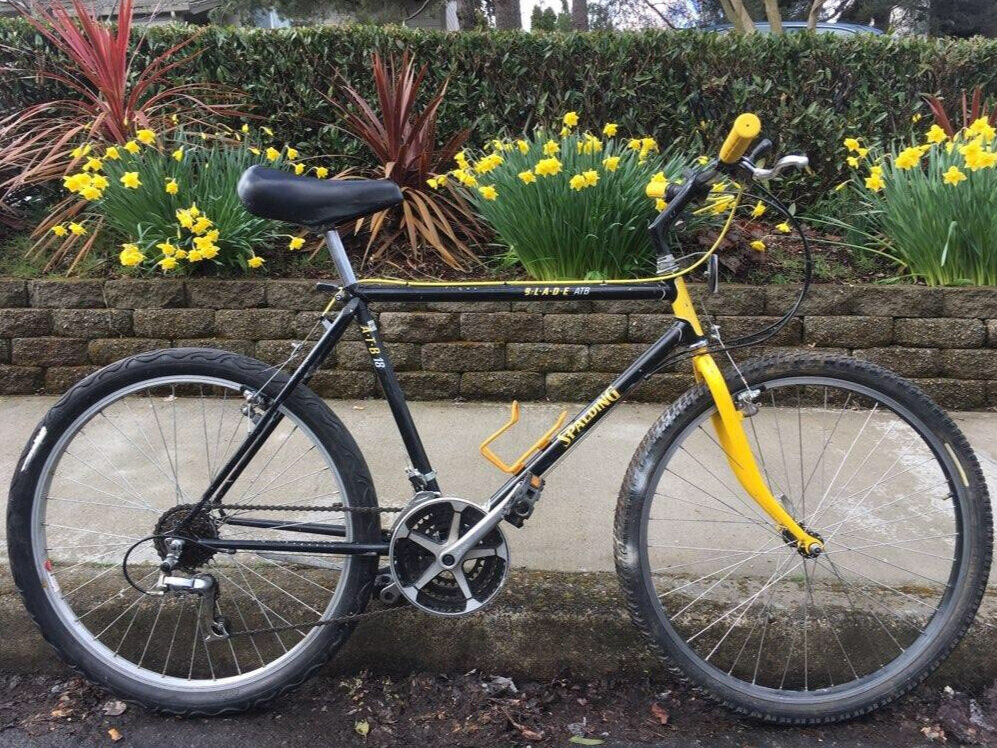

If you’d like to get a larger chainring, make sure your front derailleur can accommodate it review the manufacturer’s specifications, or contact them. For two-sprocket or single speed bikes, replace your chain as it reaches the 1 percent wear mark. If you are using an eleven or twelve speed chain, replace your chain once it has reached 0.5 percent wear. Even changing to the next size chainring, up or down, with a difference of just two teeth will feel noticeably different. If you are using a chain designed for ten or fewer gears, replace your chain as it nears the 0.75 percent mark.

This keeps the chain from dragging in the dirt when you rest your bike on its left side as you fix a flat. If you find yourself riding in the easiest gears in your cassette most of the time, and often have a hard time turning over the pedals, you should consider a smaller chainring with less ‘teeth.’ If you find yourself riding in the hardest cogs most of the time and frequently spin out, then you might want to consider getting a bigger chainring. You can place the chain on this so that there is some tension in it even when the wheel is removed. Chainring size can make a big difference, especially if your bike only runs one, like on singlespeed bikes, track bikes, most modern mountain bikes, and many gravel bikes. Perhaps you’d like to use this opportunity to make your ride even better by changing the size of your chainring. The easiest thing to do is to pick up a new version of the chainring that’s on your bike currently, if you can-it’s guaranteed to fit and be compatible with the rest of your drivetrain. Torque tool, preferably, to properly tighten chainring bolts and crank boltįirst, you’ll need to pick up your new chainring(s).

#REPLACE CHAIN ON MURRAY BIKE HOW TO#
(Here’s how to replace your cassette and how to replace your chain.)īelow, we cover how to replace a single or double chainring, how to remove your crank to access it, and which tools you’ll need for the job. If you’re replacing your chainring(s), it’s a good time to check your cassette and chain for wear, too, and possibly replace those at the same time since they wear down together. The teeth will be visibly worn-down to a defined point-by comparison, the teeth on a new chainring are flat at the top- and the chain may stick to it instead of easily releasing while pedaling. The good news is: It’s easy to replace and the signs that your chainring is past its prime are easy to spot. A well-maintained chainring will last longer than its chain and cassette counterparts, often several times over, but inevitably, the time may come for you to replace it. You may either place your bike in a repair stand or leave it on the ground as long as it remains stable and will not shift or tip over.Like that first cup of coffee and a post-ride high: nothing lasts forever-not even your chainring. But the easiest and most accurate way to determine chain wear is by using a tool such as the CC-3.2 Chain Checker or the CC-2 Chain Checker. There are different methods for measuring chain wear from simply lifting the chain off of the front chainrings to measuring the distance between two rivets on your chain. Since it’s far more expensive to replace your cassette than it is to replace a chain, knowing when to replace your chain can actually save you some money in the long run. This wear can cause the chain to mesh poorly with cogs and chainrings, causing poor shifting, premature wear to the cogs and even skipping over the cogs. The internal parts of the chain, the rivets and rollers, begin to wear out and give the illusion of stretching. As you pile on the miles, your bike’s chain will wear out.



 0 kommentar(er)
0 kommentar(er)
